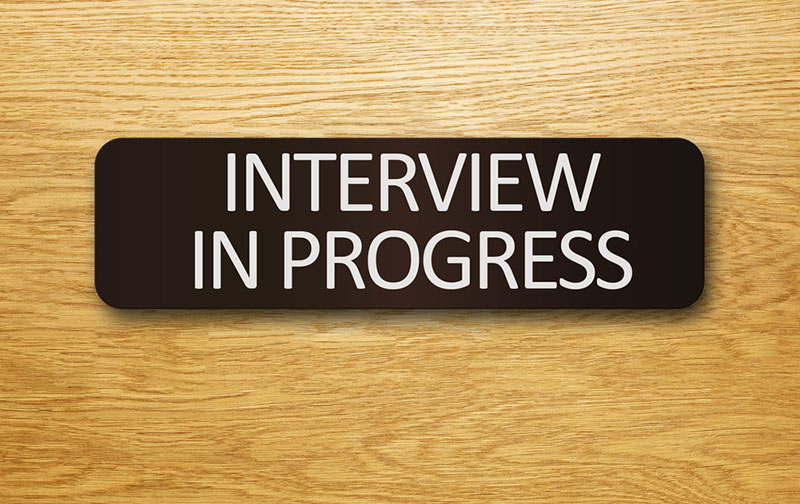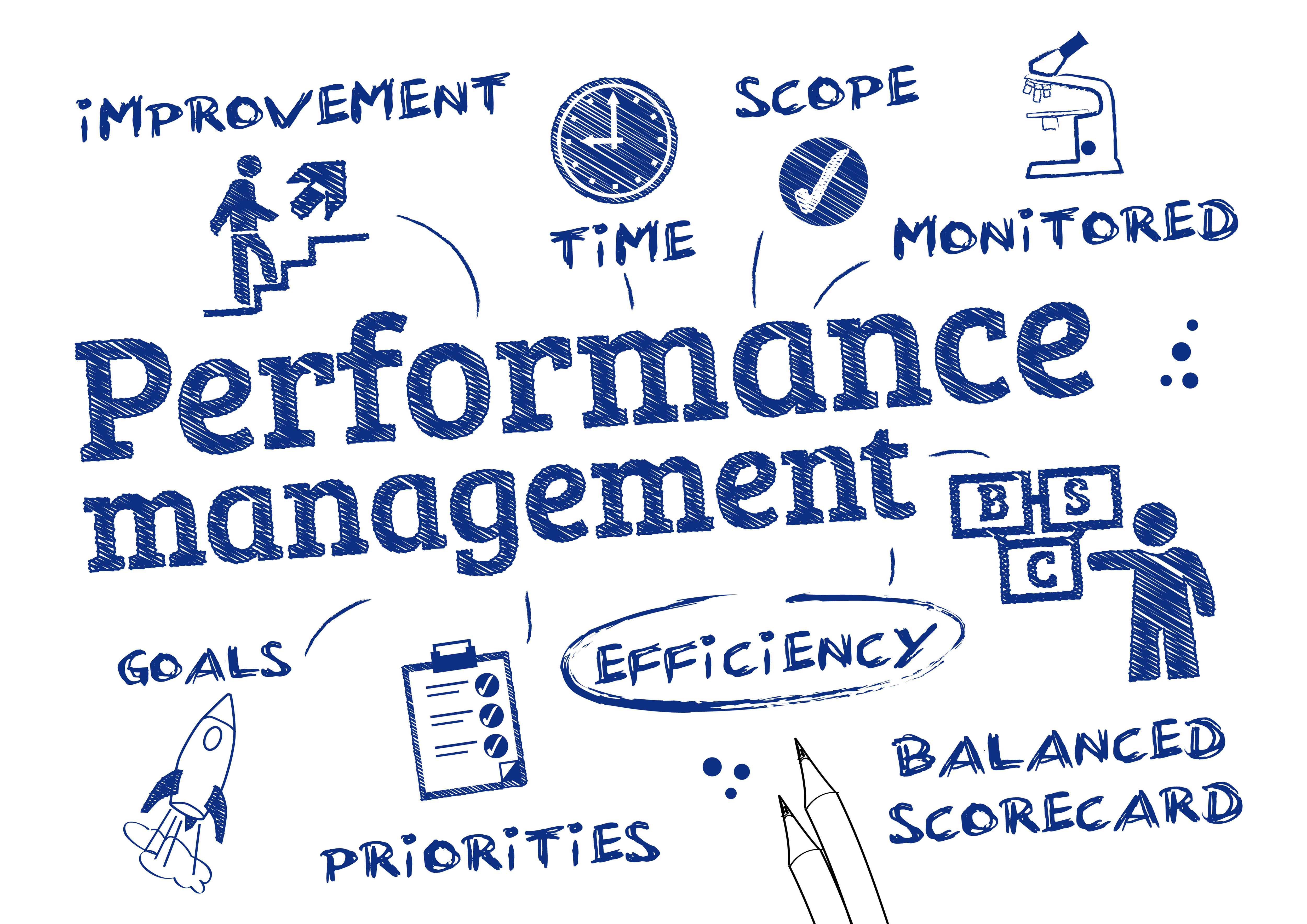Tuesday, February 23, 2016
by julie

If you are going to interview with a company that you sincerely might be interested in, then you need to invest the time and prepare for the interview. Here are some basic things that need to be accomplished:
Research the company……try to understand their business model, products and/or services, recent news & events, vision, and philosophy toward employees, customers, and their business.
Research who you will be interviewing with……get to know where they went to school, prior employers, and career track….any parallels to your background might be a plus.
Prepare a list of questions……questions should be centered around learning more about the business model, how leadership manages and communicates, core functionality, and opportunities to contribute.
Prepare a list of examples that illustrate you knowledge and abilities that would apply in the role that you are interviewing for…..example would be if the role requires multi-tasking, then an example how you multi-task, prioritize tasks, and meet time deadlines would be very appropriate.
Prepare to be asked questions….many questions are specific, however, be well prepared for questions most common to many interviews. Here are 15 to ponder:
Why are you interested in working for our company?
What are your five year goals?
Why do you want to leave your current employer?
What are your top three strengths?
What are your weaknesses?
What can you offer us that someone else can't?
Tell me about an accomplishment you are most proud of.
Tell me about a time you made a mistake.
Give me three to five adjectives that best describe your personality.
Share a time when you went above and beyond the requirements for a project.
What efforts have you made to fortify your education and gain knowledge?
How flexible are your work hours?
Tell me about a time when you disagreed with your boss?
If I called your boss right now and asked what can you improve on, what would your boss say?
What motivates you?




 Top
Top
Tuesday, February 16, 2016
by julie

Recent studies have found businesses that excel in talent management and recruitment achieve earnings of 15-20% higher than their peers. Recruitment can have a direct and very positive impact on revenue creation and profitability. Here are some factors that are value-adding to the recruitment and performance process:
- Measure if new hires meet expected performance levels and change recruiting and evaluation processes as needed; this requires evaluation of soft and hard skills as well as on-boarding process and commitment of both company and recruit.
- Identify best sources for hiring at various levels; engage those sources to be current with business evolution (i.e. promotions, new products/services, awards, expansion), best practices, culture, and other insight that supports reasons why talent would be attracted.
- Measure time to fill a position; validate internal vs. external supply chain challenges to expedite hiring process.
- Analyze characteristics of new employees that resign in first 100 days to best understand opportunities to improve recruitment and on-boarding process.
- Proactively review characteristics, behavior, and work history of talent that has added value to leverage future recruitment and evaluation processes.
- Identify opportunities to reward performance; this can be pay-for-performance, special awards, promotions, recognition announcements, or time off. Top performers need to be acknowledged and recognized.
As a business partner, Bohan & Bradstreet proactively supports the recruitment of talent for our client companies through alignment of talent needs with candidate capabilities and expectations.Every year you should evaluate contributions made, skills developed, knowledge gained, and career options. Many career driven professionals create scorecards that can support career planning, measure personal development, and identify opportunities for improvement. Being aware of career options, whether with current employer or externally, is more prevalent as the economy moves forward and the need for talent increases. Here are a few key factors to consider:
- Business Model: Do you align well with the business? There are a lot of business models and as companies mature, models change and evolve. Many vertical manufacturers now outsource segments of manufacturing, therefore have moved from production to more of an assembly and supply chain model. Companies that were more R&D focused have become commercialized; others have become more decentralized, matrixed or global. Validate that your knowledge and skills align well with current business model and pending changes. Talent needs to adjust and contribute to move forward and achieve career aspirations.
- Culture: Do you align with the existing culture? There are multiple obstacles in life and being employed in a culture that encourages and supports your development is critical for career progression.
- Leadership: Since 2007, many businesses have had significant change in leadership due to ups and downs in the economy, acquisitions, retirements, reorganizations, technology shifts, and markets served. Regardless of size and type of business, leadership needs to be measured and is second in importance for career development behind culture and engagement.
- Value of Function: Not all functions are valued the same in every company. Is the value of your function and role aligned to your career goals? Functions (e.g. engineering, marketing, quality) fall into three categories: strategic, tactical, or required. Strategic is influencing the current business model and future events. Tactical is supporting current operations as well as evolution and change. Required is supportive, protective, and necessary but rarely value adding. Some companies view IT as a strategic component while others view IT as a required resource or a process for tactical delivery.




 Top
Top
Tuesday, February 9, 2016
by julie

The business world is evolving and so is recruiting of talent. Historically we decomposed roles into specific tasks and competencies. We assign personality traits and experience levels to each role because we value emotional intelligence more than core IQ. But today’s business world is increasingly more complex and changing so talent needs to be responsive, versatile, adaptive, intelligent and innovative.
There are multiple factors that have altered the view on talent and the future of the employer. First is globalization. International markets are both a challenge and an opportunity to expand since emerging global markets can represent over 50% of revenue growth for many businesses. Second is demographics of last 25 years has seen multiple economic downturns and movement of manufacturing and business services offshore. This has created delayering and restructuring; therefore establishing a more “now” than a “future” view. There is a wealth of historic knowledge and experience that has or is retiring which in too many cases overshadowed building infrastructure, a reason why there is 27+% decline in young leaders. Third is the fact that over 75% of companies do not have a pipeline in place to meet the challenges and opportunities in today’s business world.
Talent is scarce. Potential is more highly sought after than experience, and competencies. Key qualities that need to be evaluated can include motivation and determination to succeed; ability to digest new information and make insightful suggestions; having a need to know; openness to learn, change, and adapt; collaborative leadership style; ability to effectively communicate; and values that are aligned to the business model.
The competition for talent is what drives our business as B&B partners with clients across diverse business functions and industries on the recruitment and retention of talent for mid-level to executive positions.




 Top
Top
Tuesday, February 2, 2016
by julie
Companies can do more to foster a culture of well-being, according to a recent Deloitte survey. Click here to see the whole study.
The survey found that roughly one in three respondents (33%) do not feel comfortable taking personal time off/vacation days.

Moreover, nearly one-third (32%) say they’ve consistently placed work commitments over family/personal commitments and fewer than half (48%) say their organization as a whole values their life outside work.
“These findings should serve as a wake-up call to organizations looking to retain and attract talent,” says Mike Preston, chief talent officer at Deloitte LLP.
“Organizations are investing in more and more benefits and perks associated with well-being, like flexible work options and unlimited vacation days, aimed at winning the war for talent.




 Top
Top
Thursday, January 28, 2016
by julie

The Bridge team at software-as-a-service company Instructure has recently announced the results of a study assessing what millennials and non-millennials value most in leadership at work. Click here to read the article,
According to the results, both millennials and non-millennials have higher opinions of the leaders with whom they work most closely, indicating that face-time matters across generations.
Thirty-two percent of both millennials and non-millennials think their direct supervisor performs very well, as opposed to 23% for senior management and 18% for C-suite executives.
Additional survey findings include:
- Millennials and non-millennials alike value trustworthiness the most in a manager, with 59% of millennials and 73% of non-millennials dubbing it the most important quality.
- Millennials and non-millennials agree that managers are more effective in displaying industry knowledge and experience (42% say they are very effective) than they are at mentoring (25% say they are very effective) and utilizing all of employees’ talents and abilities at work (23% say they are very effective).
- Millennials think leadership is less concerned about them. They also are less optimistic about the benefits of work. Only 23% of millennials strongly agree that management is concerned about them compared to 40% of non-millennials. Only 32% of millennials strongly agree that work is good for their mental health compared to 40% of non-millennials.
- Millennials and non-millennials share a cohesive vision about how leadership will change by 2020. Employees feel managers will (1) Delegate more assignments (most likely), (2) Empower their teams more, (3) Master more technical skills, (4) Develop better teaching capabilities and (5) Develop better gender sensitivity (least likely).
The survey polled more than 1,000 employees across the United States to determine their attitudes about leadership, gender and training at work.




 Top
Top





